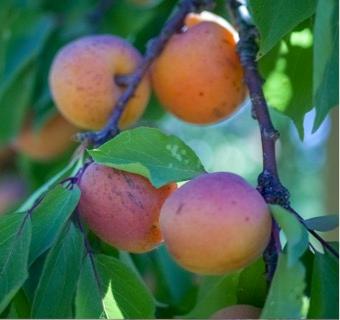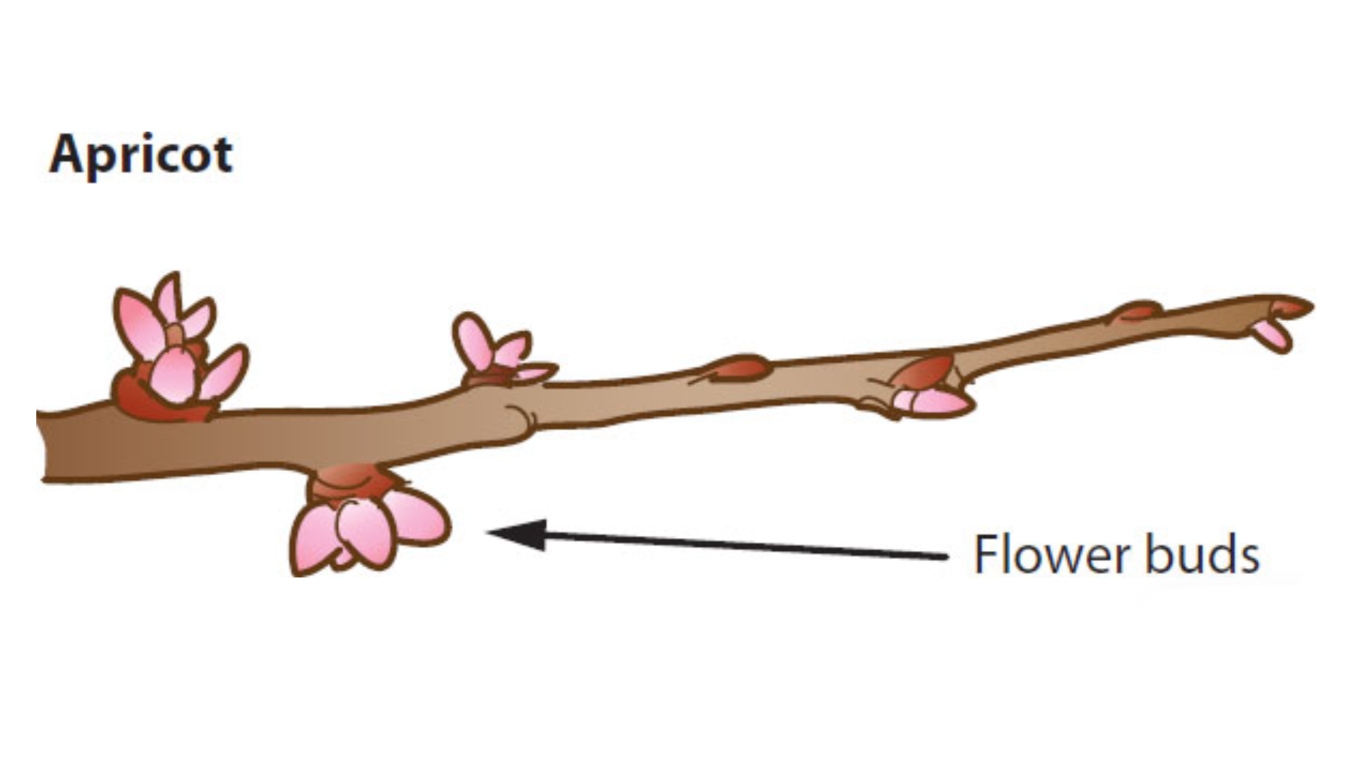Apricot
-
Scientific NamePrunus armeniaca
-
Special ConsiderationsApricots bloom early (February or March). Therefore, late spring rains can limit pollination.
 Photo: Ryk Porras/Unsplash
Photo: Ryk Porras/UnsplashApricots are susceptible to a number of diseases, including eutypa, a water-borne fungal disease. As a result, apricots should be pruned only when rains are unlikely over the ensuing six weeks. Increasingly, professional pruners are recommending that apricot trees be pruned no later than August.
The presence of flowering buds on both one year-old wood and older spurs presents the need to preserve spurs and some portion of the one-year-old wood for maximum fruit production. The relatively short life of the spurs also creates a balancing act between pruning to maintain existing fruit-bearing spurs and pruning that may remove some older spurs for the purpose of encouraging new growth on which new spurs can develop.
Depending upon the variety, flowers form on different portions of one year-old wood – some at the bottom third, some in the middle third and some at the upper third of that growth. A home gardener can make this determination by noting where on one year old wood the fattest buds are located and aim to preserve them. If these buds are not obvious, a home gardener can observe where along a branch the fruit formed during the previous growing season and assume that flower buds will form in the same area on one-year-old wood (the wood that grew last year and from which fruiting buds will emerge during the upcoming growing season).
Apricot wood is brittle. It is advisable not to let the branches become so long that they break from the weight of the wood. Aim for a sturdy framework.
-
Fruit grows on:
Old wood – from flower buds on one year-old wood and from spurs on older wood. Spurs are productive for three to five years.
 UC Master Gardeners Handbook
UC Master Gardeners Handbook -
What to Prune in Winter
Never prune apricots in winter in Marin. Apricots are susceptible to a number of diseases, including eutypa, a water-borne fungal disease. As a result, apricots should be pruned only when rains are unlikely over the ensuing six weeks.
-
What to Prune in Summer
Remove dead, diseased, or damaged branches.
Remove crossing branches.
Use a combination of thinning cuts and releadering cuts to open the tree to air and sunlight and to shorten the height and width of the tree.
Aim for an open-centered fan shape, keeping the branches as evenly spaced as possible.
Use heading cuts in a manner consistent with the location of flowering buds on the particular tree variety. For example, if the flowering buds tend to form on the bottom third of that wood, a heading cut can remove up to two-thirds of the one year-old growth without loss of productivity. If the flowering buds tend to form further up such growth, correspondingly shorter heading cuts will be necessary.
Because lateral branches will sag over time, aim to replace branches that sag close to the ground with new branches that form in the interior.


